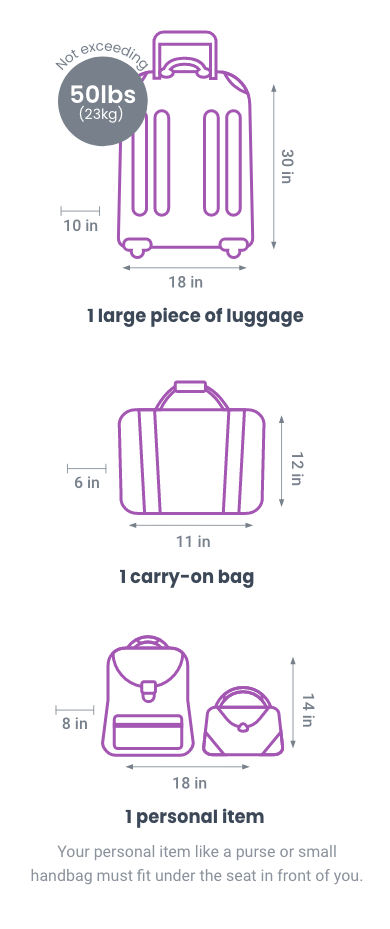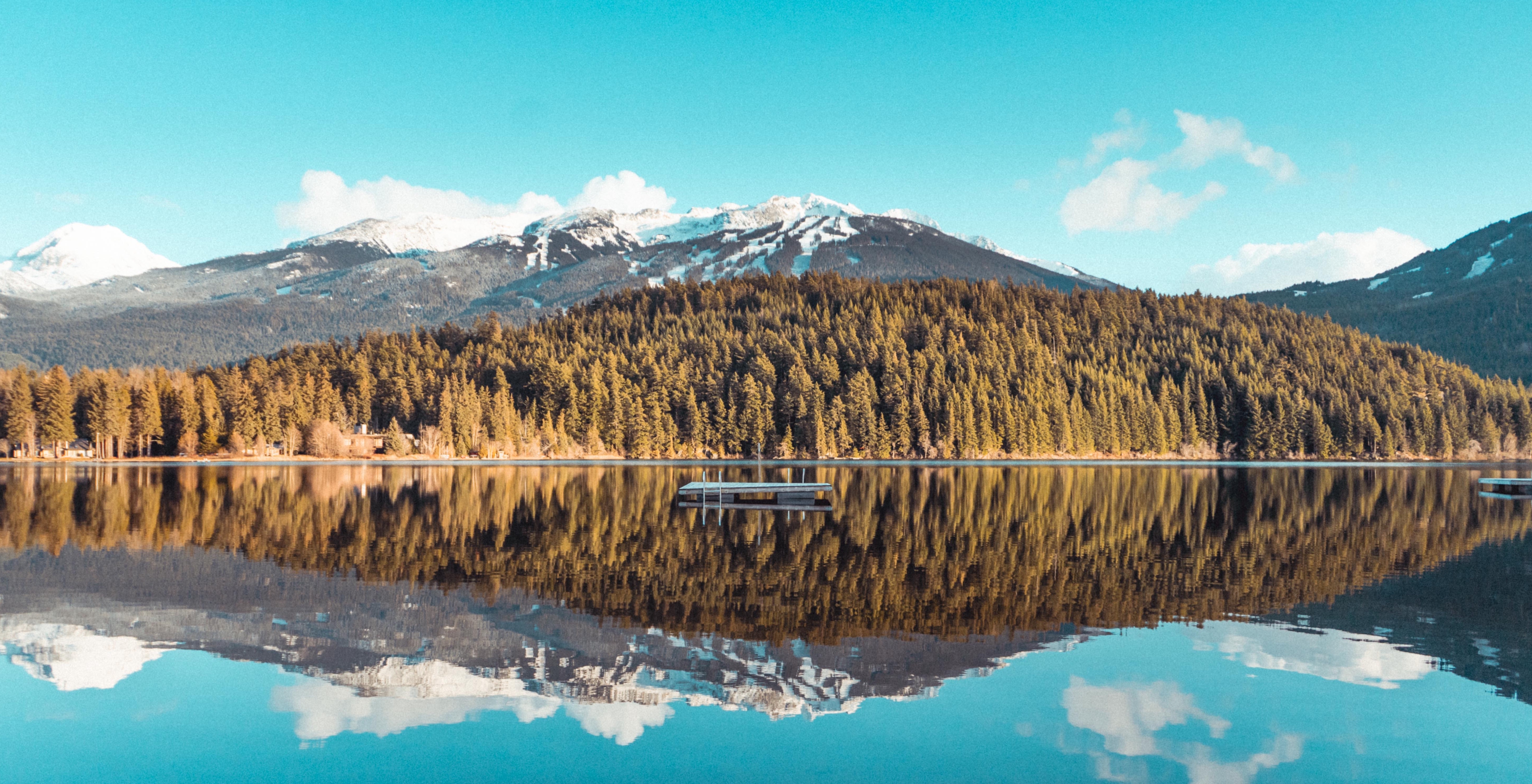About British Columbia
Overview
British Columbia, Canada's southwestern province, is a combination of majestic mountains and rock faces as well as rivers, lakes, and breathtaking coastline. From the sea to the sky, from freshwater to saltwater, this pacific northwest gem offers a wide range of outdoor activities for all. Between, hiking, climbing rock faces, kayaking, and much more, expect a thrill while hitting all the highlights on this outdoor adventure!
For Camping Itineraries, please note, this is a participatory camping trip, where all Travelers will assist in setting up camp and cooking meals. Guides will teach you the best methods for quick set up and take down of tents and will lead the cooking, providing clear instructions and oversight. If you’ve never set up camp or cooked outdoors before, this is the perfect opportunity to learn under expert supervision!
Relevant Provincial Parks: Garibaldi
Highest Point in Garibaldi: Wedge Mountain (9,845 ft)
Total Area of Garibaldi: 753 sq mi (1,950 km2)
Emergency Number: 911
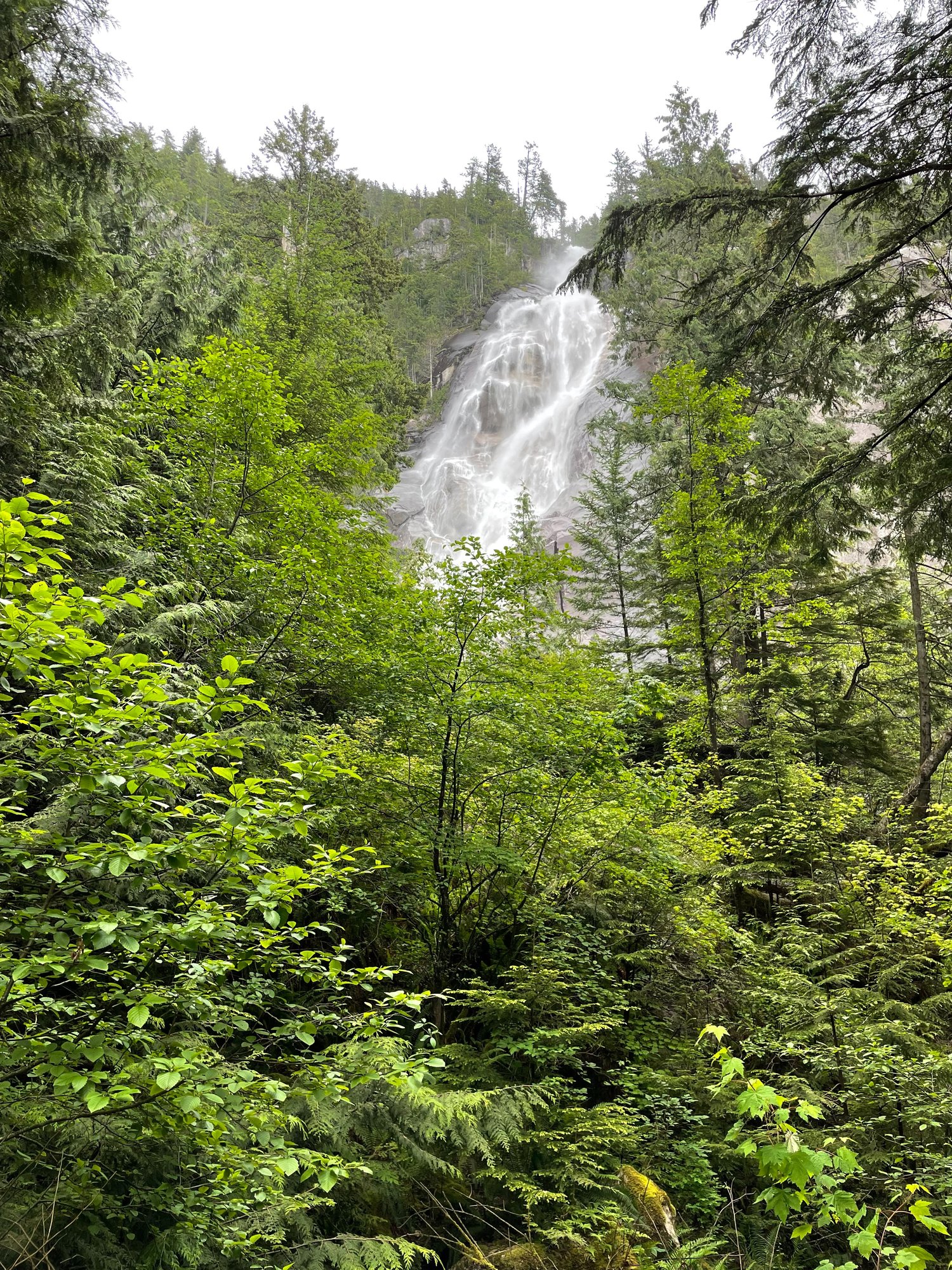
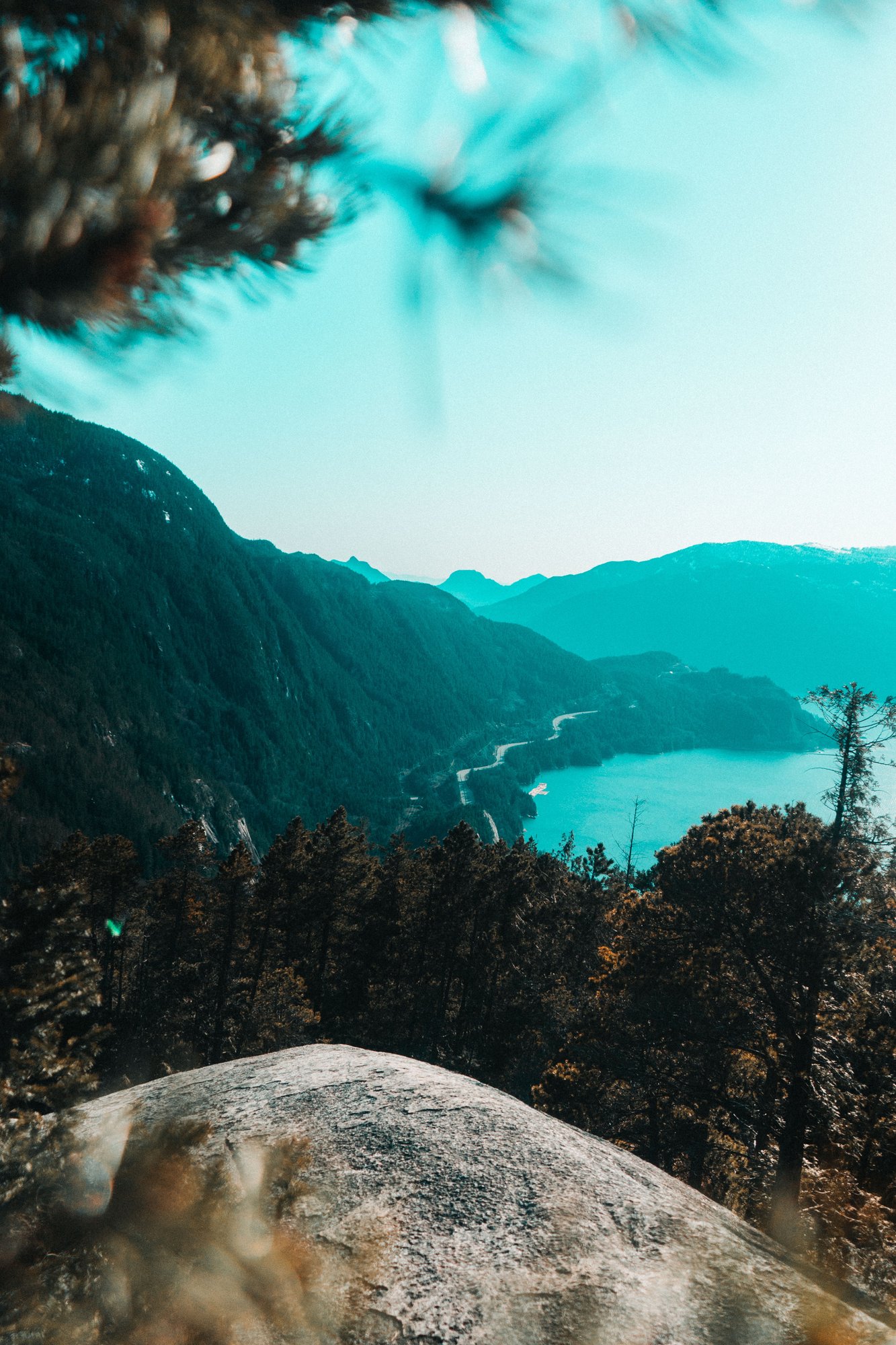
Packing List
Fun Facts
- British Columbia hosted events in Whistler and Vancouver for the Winter Olympics in 2010.
- British Columbia is home to 6 of Canada's National Parks and more than 400 provincial parks.
- The world’s largest totem pole is in British Columbia.
- British Columbia produces a little over half of Canada’s total wine production.
- The highest waterfalls in Canada are in British Columbia.
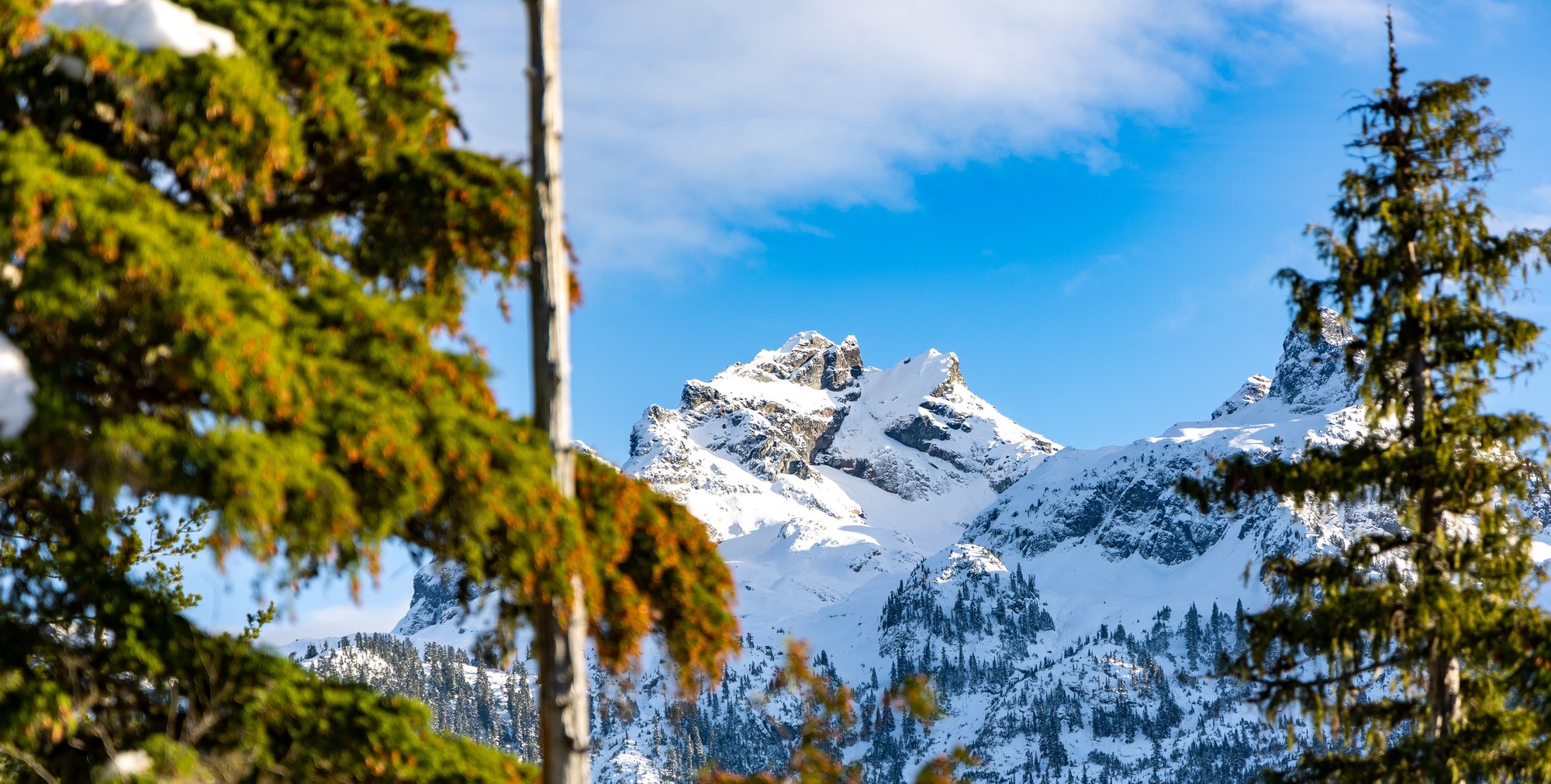
Training Ideas
If you have access to hiking trails, and a schedule to accommodate it, begin walking and hiking in hilly/steep terrain. Try to get out at least 3 days a week. Start with short hikes (1 hour in length) with a light daypack. From week to week, build the length and difficulty of your hikes and gradually increase your pack weight until you’re comfortably able to hike 6-8 hours a day carrying the weight you’ll have on your trip (refer to your trip packet for exact pack weight). It is ideal to begin your training at least 12 weeks prior to your trip. Also, be sure to use the boots you’ll have on your trip to break them in. The following is how a moderate program may look:
- First week of training
- Tuesday: one-hour hike with a daypack
- Thursday: one-hour hike with a daypack
- Sunday: 2-hour hike with a daypack
- Two weeks before the trip
- Monday: 3.5-hour hike with a 20-pound pack
- Wednesday: 2-hour hike with a 20-pound daypack
- Thursday: 3.5-hour hike with a 20-pound pack
- Sunday: 7-hour hike with the weight you’ll have on your trip
There are many other activities that are easily incorporated into your daily life to build your overall fitness. Cross-training is also important to strengthen opposing muscle groups and it helps to avoid over-use injuries.
Supplemental training ideas include:
- Climb the stairs at your office, house, park, or neighborhood with a backpack. Stair climbing is a fantastic way to simulate backpacking in hilly or steep terrain.
- Bike to work or when running errands. Bike around town or on country roads outside of your town/city. Cycling is a great way to build endurance and strength in your legs.
- Gym activities include step aerobics, treadmill, bicycling, or elliptical trainers to name a few. A modest weight training program focusing on the muscles that support the ankles, knees, back, and shoulders is also beneficial.
- Swimming is a great way to build endurance and cardiovascular fitness and is easy on the joints.
- Walk to work instead of driving. Run your errands by walking and carrying your groceries home in a backpack.
- Yoga and/or Pilates classes can build strength throughout your body while also improving your flexibility.
- Intramural sports.
- Jogging is another option, however, if you are not a regular runner it can easily lead to injuries that backpacking may then exacerbate. Undertake a jogging routine with care.
Tipping
Tipping Suggestions: Tips for Guides, drivers, and restaurants are not included. Tips provide supplemental income, and, while not mandatory, are greatly appreciated. If the local teams have added to the experience, please reward them.
| Guides | USD $10-15 per person/per day | |
| Drivers | USD $3-4 per person/per day |
FAQ
Will I get access to water that is safe to drink? Yes, you will have clean drinking water provided at campgrounds in the mornings and at various times during the day. Please bring a water bottle that can carry 2-4 liters, or a Camelbak or similar.
What is the disposal process for waste? Front country campgrounds will have trash receptacles. The bathroom will also be accessible at campgrounds and during the day.
Do I need a Visa? For Visa information, click here. Make sure your passport is valid for at least six months after you return home and has two or more blank pages. Otherwise, some countries may not let you enter.
Do you recommend travel insurance? While not required, we highly recommend all Travelers get travel insurance for their trip to protect themselves from the unknown! Check out travel insurance options from our partner, worldnomads.com, or from a provider of your choice.
How much should I pack? As we will be using shared transfers and spaces throughout our tour, we recommend all Travelers pack as lightly as possible. Please review our luggage restrictions below.
Will we have an experienced Guide? Your tour will be led by a trained, experienced professional with a solid guiding background, years of personal wilderness and hiking experience, medical certifications, and a passion for leading people into breathtaking landscapes.
Important note: Guides are required to take 8 hours of each 24-hour period to sleep, recuperate, take personal/downtime/etc. In addition, as part of the 8 hours off they must sleep/rest or be in their tents uninterrupted for a minimum of 5 hours each night. We ask guests to respect these requirements and not interrupt Guides’ time off and sleep time unless there is a true (life-threatening) emergency.
Do you provide any gear? All camping gear except for sleeping bags and pillows will be provided. Our Guides carry company-issued first aid kits, satellite phones (for emergencies only), and epinephrine kits (for allergic emergencies).
What tents will we be using? Tents will be 3-person camping tents, measuring 7x7, double occupancy. You’ll use camping pads on the ground beneath your sleeping bags.
Will there be showers? Most campgrounds do provide showers. Keep in mind, some are coin-operated.
What about food? We provide a diversity of foods containing the necessary nutrition for sustained energy output. Meals are made from staples that travel well - rice, pasta, lentils, beans, couscous, oatmeal, granola, etc. Meals are also supplemented with trail foods such as crackers, cheese, granola, energy bars, fresh and/or dried fruit, and energy drink mixes.
We regularly accommodate vegetarian diets and will make adjustments for food allergies. If you have any allergies or food intolerances please indicate them clearly on your traveler form.
Important note: It’s critical that you include your dietary needs in your traveler form - it’s too late once you’ve arrived!
Will I have access to Wifi? No, take this time to unplug and enjoy nature and the adventure with your fellow Travelers.
What facilities are available? Please be aware that not all campsites have shower facilities. If that is the case, your Guide will take the group to a place to shower. Please have cash or spare change on hand as you may need to purchase shower tokens.
Bear Encounters
Seeing a bear in the wild is a special treat for any visitor. While it is an exciting moment, it is important to remember that bears in national parks are wild and can be dangerous. Their behavior is sometimes unpredictable. Although rare, attacks on humans have occurred, inflicting serious injuries and death. Each bear and each experience is unique; there is no single strategy that will work in all situations and that guarantees safety. Most bear encounters end without injury.
-
Food will be stored in containers and put in the locked storage when not in use.
-
Guides will carry bear spray and “bear poppers” or noise-making devices.
-
Trash and food waste will be properly disposed of in bear-proof trashcans or safely stored until the next safe disposal location.
Your Guide will have bear spray and noise deterrents on them to use if necessary. We do not recommend traveling or bringing your own bear spray. Instead, you can protect yourself and lessen the threat of danger by following some basic guidelines.
- If you see a bear never approach. Always remain at least 100 yards (300 feet) away.
- Identify yourself by remaining calm and talking calmly so the bear knows you are a human and not a prey animal.
- Remain still; stand your ground but slowly wave your arms. Help the bear recognize you as a human. It may come closer or stand on its hind legs to get a better look or smell. A standing bear is usually curious, not threatening. Remember that most bears do not want to attack you; they usually just want to be left alone.
- A scream or sudden movement may trigger an attack. Never imitate bear sounds or make a high-pitched squeal.
- Hike and travel in groups. Groups of people are usually noisier and smellier than a single person. Therefore, bears often become aware of groups of people at greater distances, and because of their cumulative size, groups are also intimidating to bears.
- Make yourselves look as large as possible (for example, move to higher ground).
- Do NOT allow the bear access to your food.
- If the bear is stationary, move away slowly and sideways; this allows you to keep an eye on the bear and avoid tripping. Moving sideways is also non-threatening to bears.
- Do NOT run, but if the bear follows, stop and hold your ground. Bears can run as fast as a racehorse both uphill and down. Like dogs, they will chase fleeing animals.
- Leave the area or take a detour. If this is impossible, wait until the bear moves away. Always leave the bear an escape route.
- Be especially cautious if you see a female with cubs; never place yourself between a mother and her cub, and never attempt to approach them. The chances of an attack escalate greatly if she perceives you as a danger to her cubs.
Your Guides will be able to instruct you on how to act and what to do and NOT do if you encounter a bear. For a comprehensive list of tips, you can visit the U.S. National Parks Service or Parks Canada’s website.
Luggage Restrictions
.jpg)
